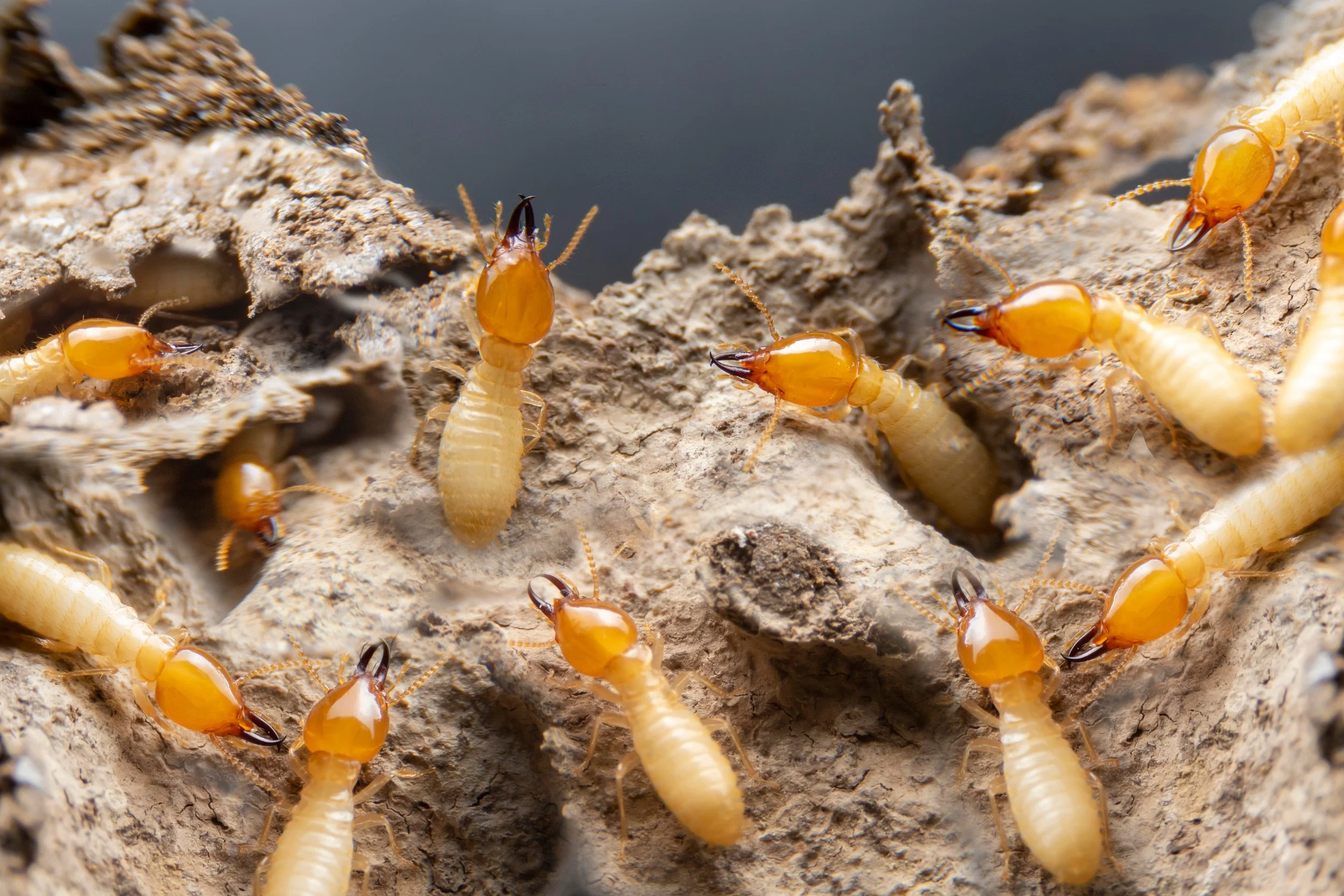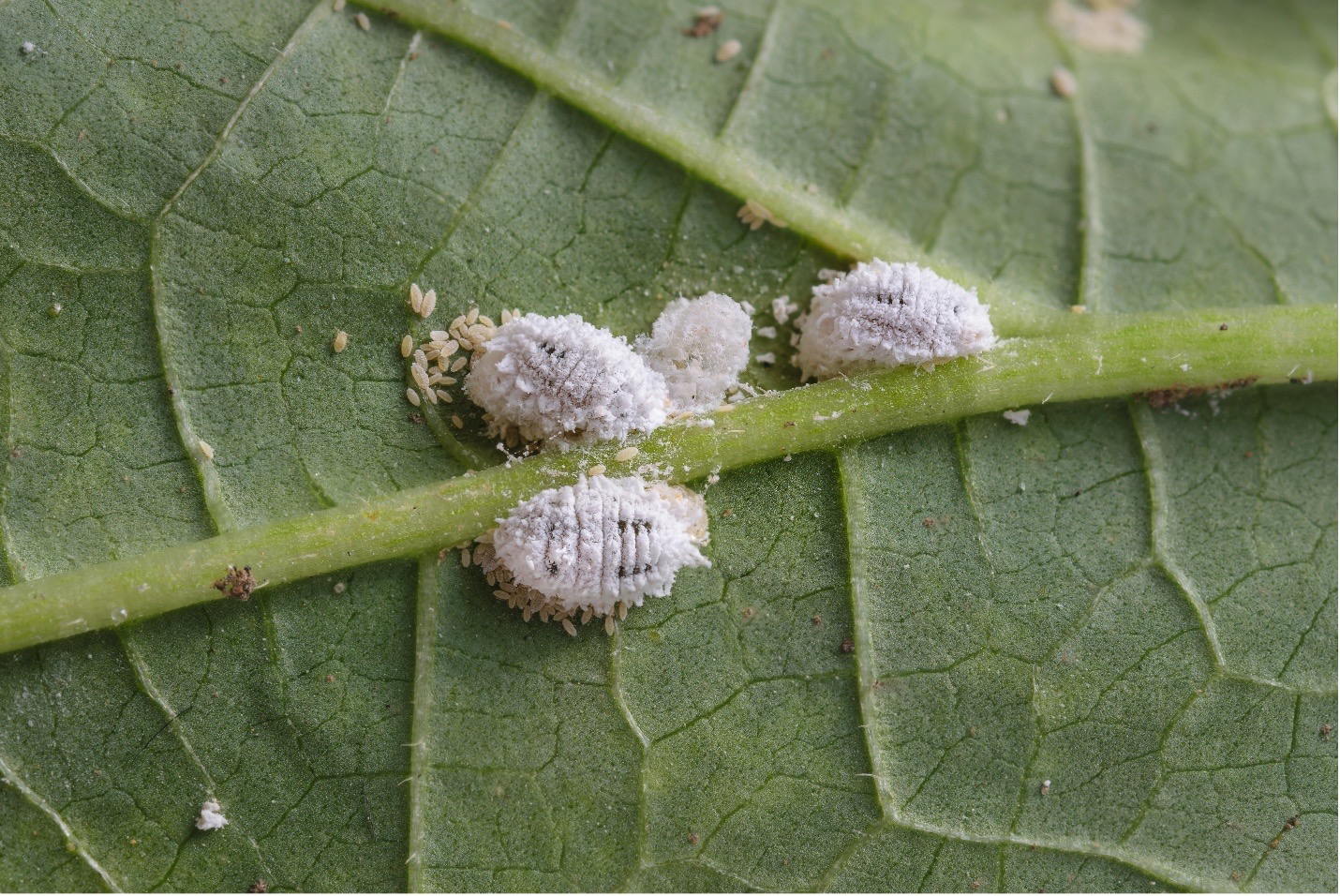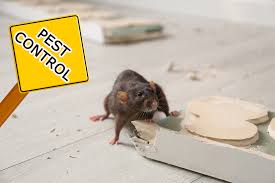In tropical humidity, small surface patches may respond to routine cleaning, but widespread staining, a persistent musty odour, or recurring growth after cleaning signals the need for a mould-removing company. A mould removal professional evaluates not only the visible colonies but also the drivers of moisture that sustain them. Early engagement reduces material damage, limits occupant exposure to spores and fragments, and shortens the overall restoration timeline.
Assessment That Goes Beyond Stains
A competent team starts with a structured intake: history of leaks or condensation, affected rooms, prior cleaning attempts, and occupant symptoms. The site assessment then maps growth and moisture using pin and pinless meters, thermal imaging to trace cold bridges and hidden wet spots, and, where indicated, air or surface sampling to characterise spore types. A mould removal professional documents findings with photographs and moisture readings, which become the baseline for work planning and later verification.
Risk Management, Containment, And Safety
Before removal begins, the crew isolates work areas. Poly sheeting, zipper doors, and pressure monitors create negative pressure so spores do not migrate to clean zones. HEPA air scrubbers run continuously, and ducting exhausts air outside where feasible. Technicians wear fit-tested respirators, gloves, and coveralls, and they stage decontamination so tools and personnel exit without tracking contamination. A reputable mould-removing company records daily pressure logs and filter changes as part of its quality file.
Removal Versus Remediation: What Happens
Porous materials with embedded growth, such as gypsum board or untreated MDF skirting, are cut back past staining to clean margins and bagged for sealed disposal. Semi-porous framing is cleaned by HEPA vacuuming and mechanical agitation, then treated with detergent or surfactant systems that lift residues. Non-porous surfaces are cleaned and wiped to a visibly clean standard. A mould removal professional avoids “encapsulating over dirt”; any protective coating is applied only after surfaces are dry and visibly clean.
Moisture Source Control Is Non-Negotiable
Mould will return if moisture persists. Teams trace and correct the source: roof or plumbing leaks, window seal failure, thermal bridging, or HVAC condensate problems. In Singapore apartments and offices, common contributors include undersized ventilation in bathrooms, continuous cooling that drives condensation on cold surfaces, and hidden AC drain clogs. A dependable mould-removing company explains how to balance ventilation, temperature, and humidity, and when to run dehumidifiers to keep indoor relative humidity near 50 to 55 per cent during the drying phase.
Drying Targets And Monitoring
After demolition and cleaning, drying starts. Air movers, dehumidifiers, and temperature control work together to bring materials to the target moisture content. The team measures structural timber, plasterboard edges, and screed daily. Drying curves are recorded to demonstrate progress. Only when readings stabilise within acceptable limits should finishing or reinstallation begin. Rushing to repaint over damp substrates traps moisture and risks rapid recurrence.
Post-Remediation Verification
Verification can include a visual inspection under bright light, white-glove surface checks, moisture confirmation, and, where appropriate, air or surface sampling by an independent assessor. The goal is to provide evidence that the area is clean, dry, and ready for rebuilding. A mould removal professional provides a closeout report summarising methods, containment, cleaning agents, disposal notes, and final readings so owners, tenants, insurers, or building managers have a defensible record.
Documentation For Insurance And Tenancy
Clear documentation reduces disputes. A thorough mould-removing company supplies before-and-after photos, floor plans of containment boundaries, pressure logs, equipment lists with serials, chemical Safety Data Sheets, and a drying log. Landlords can attach this dossier to tenancy files; strata managers can submit it to councils or insurers; owners keep it as evidence that conditions were corrected rather than temporarily hidden.
How To Compare Providers Objectively
Ask each bidder to describe their containment plan, negative pressure target, HEPA capacity relative to room volume, and daily verification routine. Require a step-by-step scope that distinguishes demolition, cleaning, drying, and rebuilding, with criteria for moving between stages. Check whether technicians hold recognised training and whether the firm owns sufficient HEPA units and meters to avoid cross-booking delays. A credible mould removal professional will also tell you what they will not do, such as fogging occupied spaces without containment or painting over contaminated surfaces.
Frequent Pitfalls And How To Avoid Them
Recurrence often stems from skipping moisture control, inadequate surface preparation, or rebuilding before materials are dry. Another common error is partial containment that depressurises the wrong area and draws spores into clean spaces. Finally, fragrance-based deodorisers mask odours for days yet leave the cause untouched. A disciplined mould-removing company addresses roots, not just symptoms, and sets post-work housekeeping expectations, like routine filter maintenance for split-unit air conditioners and periodic checks in high-risk rooms.
Setting Expectations For Occupants
Occupants should understand noise, airflow, and temporary room closures. Clear communication reduces disruption and supports safety, especially for vulnerable individuals. A mould removal professional will outline when to vacate, how to protect belongings, and what to do with soft contents. Where items are cleaned rather than discarded, the report specifies methods and outcomes so owners can decide on replacement versus restoration with full information.
For a defensible plan that combines source control, safe removal, and documented clearance, contact BELFOR to engage a mould-removing company and a mould removal professional who can tailor remediation to your property and Singapore’s climate.





